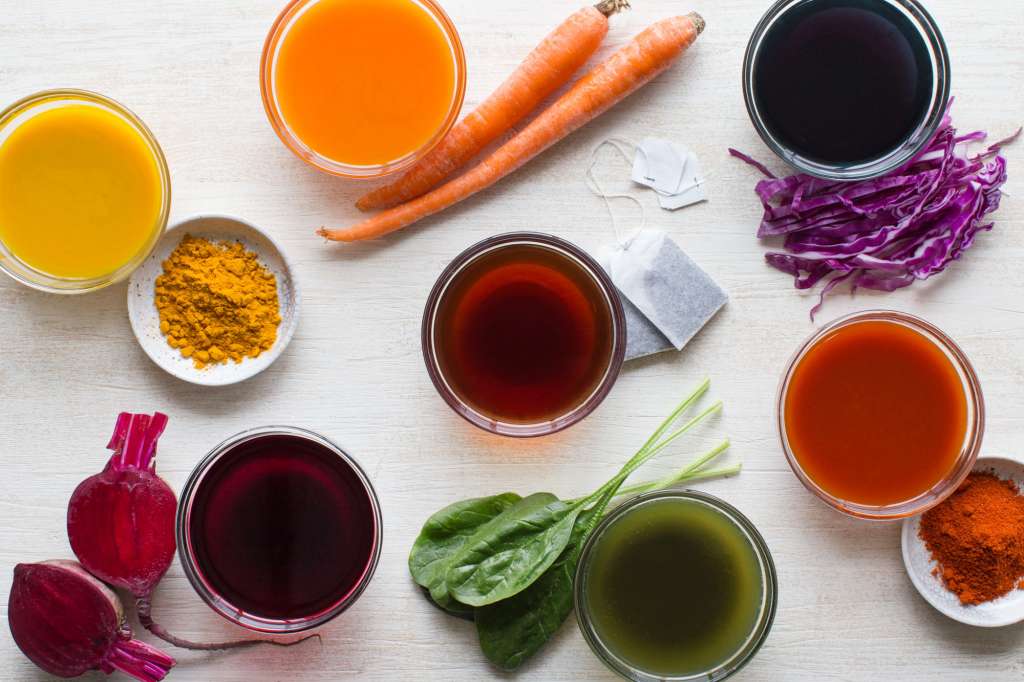Calls for Ukraine
Calls for Europe
Calls for USA

The push to eliminate artificial colors from U.S. food products is gaining momentum, but making that change won’t be easy and it won’t happen right away.
Last week, U.S. health officials required food companies to voluntarily eliminate synthetic petroleum-based dyes by the end of 2026.
U.S. Health Secretary Robert F. Kennedy Jr. called the dyes “poisonous compounds” that can harm children’s health and development, The Associated Press reported.
The move follows increased public pressure that led to the banning of the dye Red 3, which has been linked to cancer risk in laboratory animals. Artificial colors are often found in foods such as cereal, candy and sports drinks.
At Sensient Technologies, one of the world’s largest dye manufacturers, scientists are working hard to find natural alternatives.
At a St. Louis dye factory, food scientist Abby Tampow spent half a day trying to match the red color of a synthetic dye used in a raspberry drink by mixing carrot juice with beta-carotene.
“Most of our customers have decided that the time has finally come for them to switch to natural colorants,” said Dave Gebhardt, senior technical director at Sensient.
But the transition won’t be easy. Natural colors are harder to produce, less resistant to heat and light and cost about 10 times more than synthetic versions.
“You have to understand that 150 million pounds of beet juice didn’t harvest itself and wait for the entire market to switch to new colors,” the scientists explain.
Tens of millions of pounds of produce have to be grown, harvested, and the dyes extracted from the plants.
Natural dyes are derived from fruits, vegetables, flowers, and even insects. For example, it may require the use of cochineal insects from Peru to produce the bright pink color of “Barbie” naturally. It takes about 70,000 bugs to produce just 2.2 pounds of dye.
Approximately one in five U.S. food products contains added dyes, and many of these products contain multiple dyes at once.
Although the U.S. Food and Drug Administration (FDA) maintains that approved dyes are safe when used properly, critics assure that they are a key feature of ultra-processed foods. These foods, which make up more than 70% of the American diet, are linked to health problems such as heart disease, diabetes and obesity.
“I’m in favor of removing artificial food colors from foods,” said Marion Nestle, a food policy expert. “They are purely aesthetic, have no bearing on health or safety, are markers of ultra-processed foods and can be harmful to the health of some children.”
However, the changes could have the opposite effect.
In 2016, General Mills removed artificial dyes from Trix cereal, but fans were left disappointed by the lack of bright neon colors and flavor. The company later brought them back in 2017.
Many companies, including PepsiCo and WK Kellogg, say they are moving forward with plans to phase out synthetic colors. Sensient officials said they are committed to helping food manufacturers reach the 2026 goal.
Now that there is a date and deadline, action is required.
Please rate the work of MedTour
